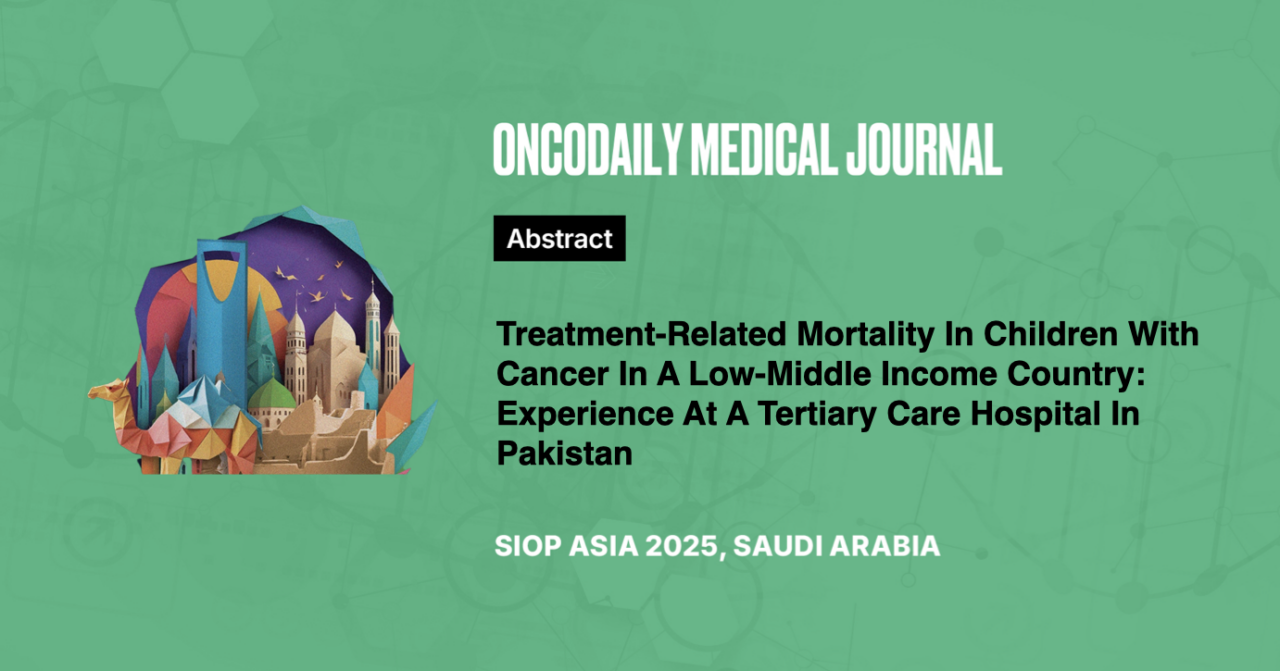Treatment-Related Mortality in Children with Cancer in a Low-Middle Income Country: Experience at a Tertiary Care Hospital in Pakistan
Abstract
Introduction: Treatment-induced complications are challenging to manage in low-middle-income country (LMIC) settings and are thought to be responsible for higher mortality rates in patients in LMICs. The objectives of this study were to determine the frequency, causes, and risk factors for treatment-related mortality (TRM) in children with cancer in our setup.
Methodology: A retrospective, descriptive, cohort study recorded all pediatric oncology patients (<16 years) who expired with treatment-related mortality from 1st January 2023 till 30th December 2023. Data was analyzed in terms of descriptive statistics.
Results: Out of 528 total deaths during the study period, 251 (47.5%) were treatment-related-mortality. Mortality analysis showed 72.5% (n=182) cases of Acute Leukemia (Lymphoblastic/Myeloid) and 27.5% (n =69) cases of solid tumors and Lymphoma. The median age of presentation was 6.0 years (0.5-15.0), with a male-to-female ratio of 1.6:1. 75.3% (n=189) patients belonged to rural areas, 21.7 % (n=55) from urban, and 3% (n=6) from neighboring country Afghanistan. The median hemoglobin at the time of expiry was 8.5g/dl (2.6–16.5), white blood count was 0.8 x 103/mm3 (0.0–215000), platelets count was 18 x103/mm3 (0.0–826), and C-reactive protein (CRP) was 149 mg/dl (1–193).
The blood culture results were available only in 6.8% (n=17) with positive results in nine cases. Undernutrition was found in 49.8% (n=125) and 58.2 % (n = 146) expired during the chemotherapy sessions. Infection-related mortality (91.6%, n=230), hemorrhagic complications (5.2%, n=13), and drug toxicity (3.2%, n=8) were the causes of TRM.
Conclusion: The major cause of treatment-related mortality is infection. Acute leukemia, male gender, rural areas, cytopenia, high CRP, undernutrition, and active chemotherapy sessions seem to be the risk factors for TRM in children with cancer. Infection prevention and control, and the provision of enhanced supportive care for high-risk groups can result in decreasing TRM.





